EVs (Electric Vehicles) are actually nothing new to the auto industry as there were actually thousands in use around 100 years ago. However, technology at that time was such that performance of EVs was restrained, while the cars with internal combustion engines became more powerful and had better performance. Of course, back then, there was no concern about the environment.
Nissan was among the first companies in Japan to develop and sell an EV, hence it is well positioned to take a leading role in driving the future of electric mobility globally and also in ASEAN. In its long history of challenging convention with iconic cars and breakthrough technologies, one very special milestone came in 1947 with the Tama, Nissan’s first zero-emission EV.
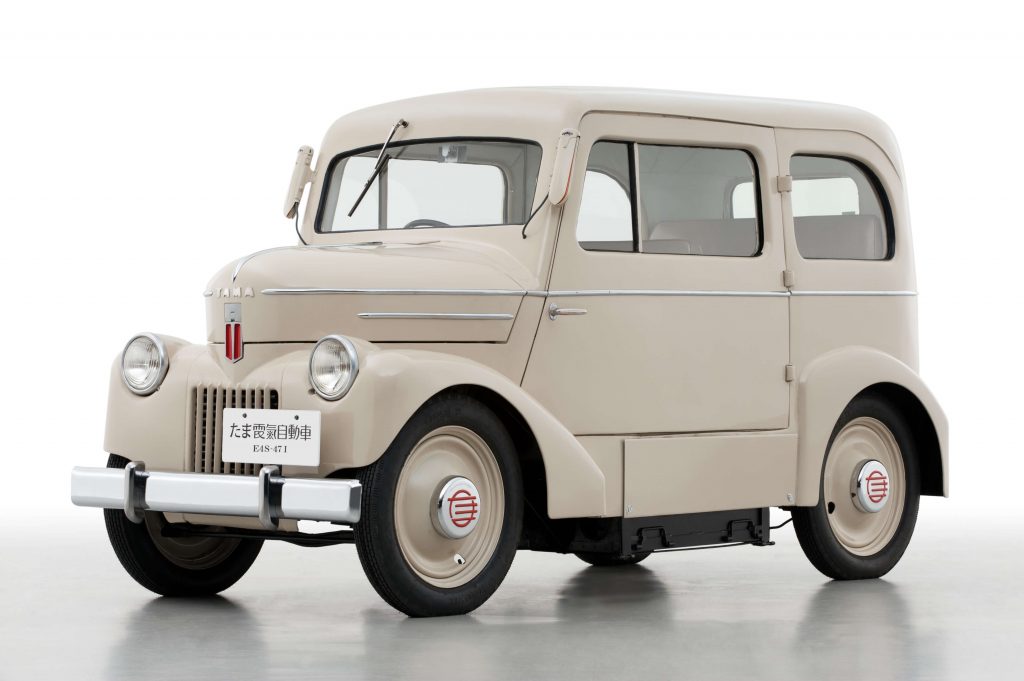
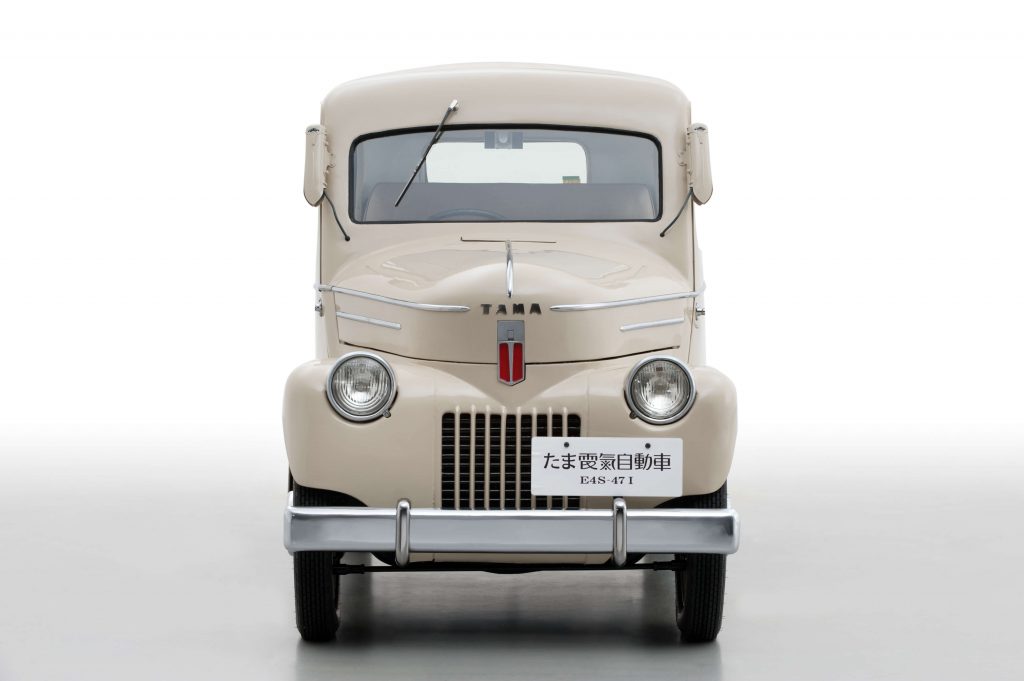
Picture: Nissan’s First Zero Emission EV – TAMA (1947)
Produced in response to petrol shortages in Japan at that time, the Tama could carry 4 persons up to 100 kms on just electric power. It was not a concept car and 1,100 of these innovative EVs were sold.
With the inspiration of having had an EV in its history, Nissan engineers again sought to develop an advanced EV and drew on decades of R&D in electric vehicles. In 1996, for example, Nissan had a running EV which used a lithium-ion battery pack, the first EV to use such a battery which offered a range of up to 200 kms because of better storage capacity. Today, lithium-ion battery packs are commonly used in EVs by all manufacturers.
Changing perceptions of EVs
The general perception of EVs before the LEAF was launched was that they were fine for use as golf course buggies or airport shuttles, but were not really suited for daily motoring. The LEAF totally changed that perception as it had powerful acceleration and excellent handling, delivering smooth driving performance. The size of the LEAF cabin was also spacious enough for 5 persons comfortable seating.
With old battery technology, the battery pack could not store much energy. But the LEAF’s high-capacity battery pack could store a lot more electricity which meant longer range. More importantly, recharging was also as easy as recharging a smartphone. And it could even be done at home. With more powerful charging stations, the time to recharge could be around an hour to reach 80% capacity, which would allow for greater distance of travel.
Fears of being electrocuted while connecting the charging cable when it was raining proved to be unfounded. Even if rain fell on the cable and around the charging port, it was still safe enough as Nissan made sure to provide all the necessary insulation and protective measures against water. For confirmation, the EV passed the Japan New Car Assessment Program’s electric shock protection test.
Taking the lead
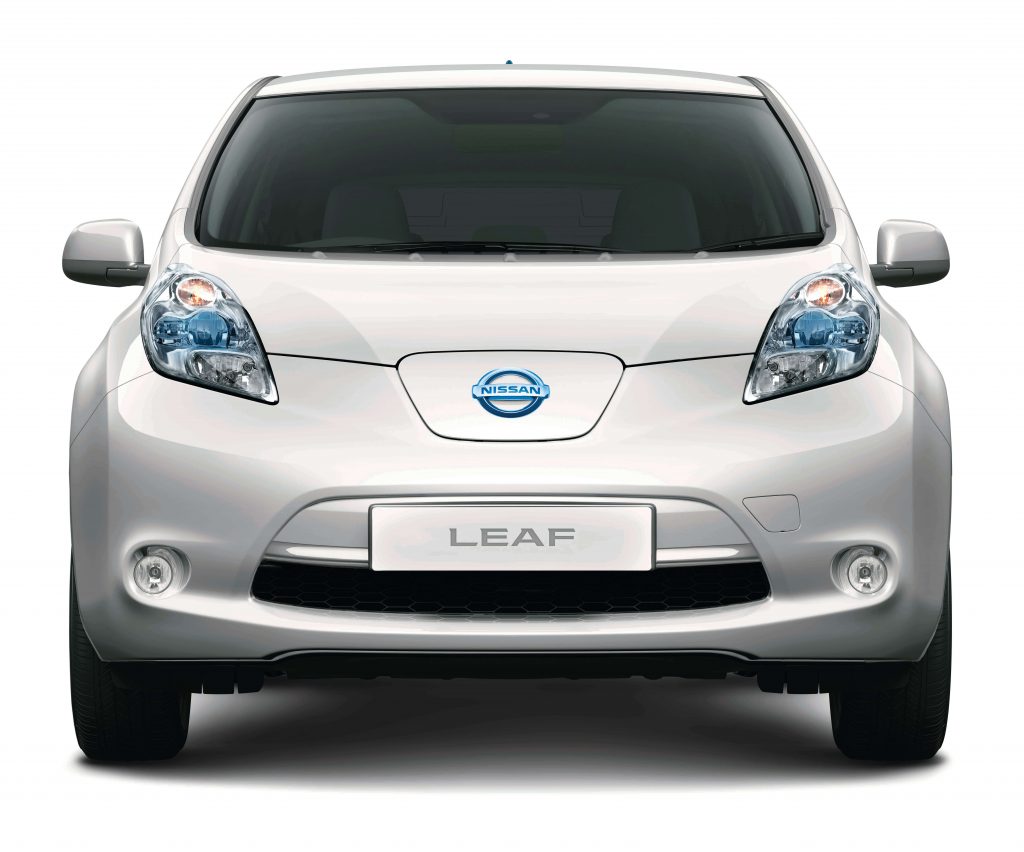
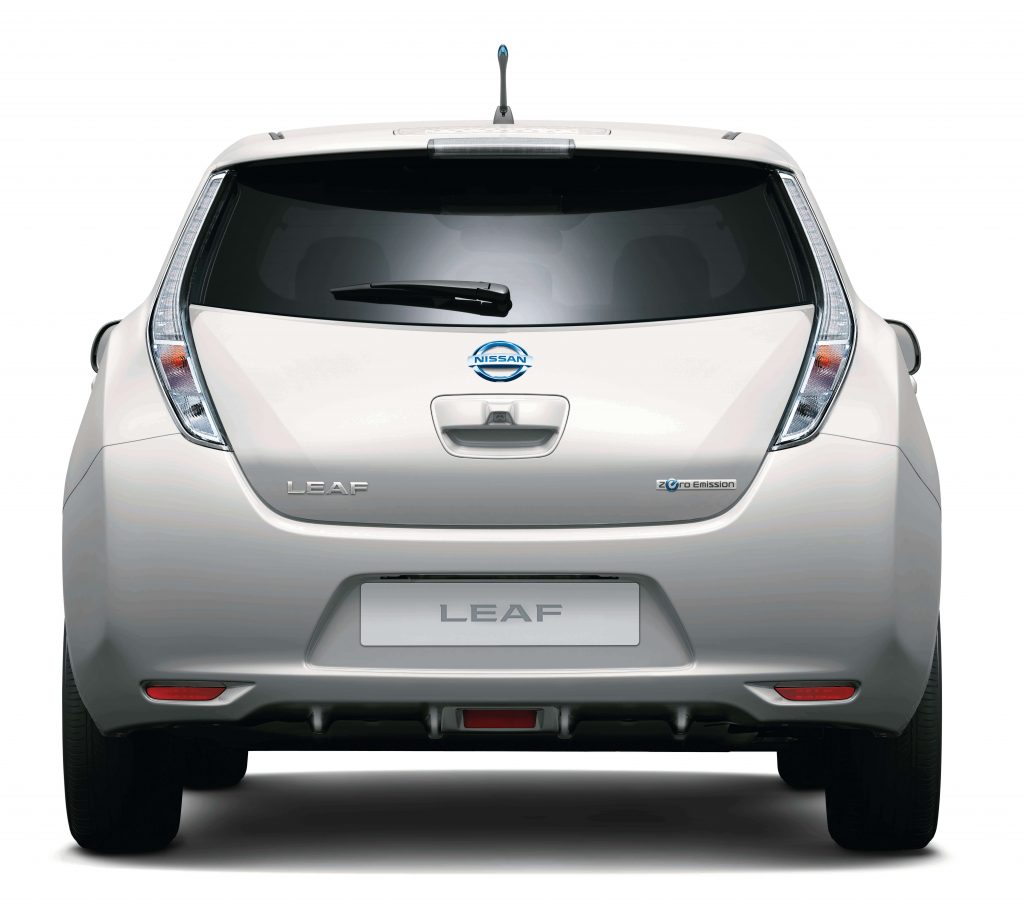
Picture: First Generation Nissan LEAF
In 2010, more than 6 decades after the Tama, Nissan launched the world’s first-mass-market EV, putting the world on the journey to zero emissions from motor vehicles and carbon neutrality. To date, more than 600,000 customers in 59 market, including Malaysia, have chosen this zero-emission car which is a testament to its quality, reliability and safety.

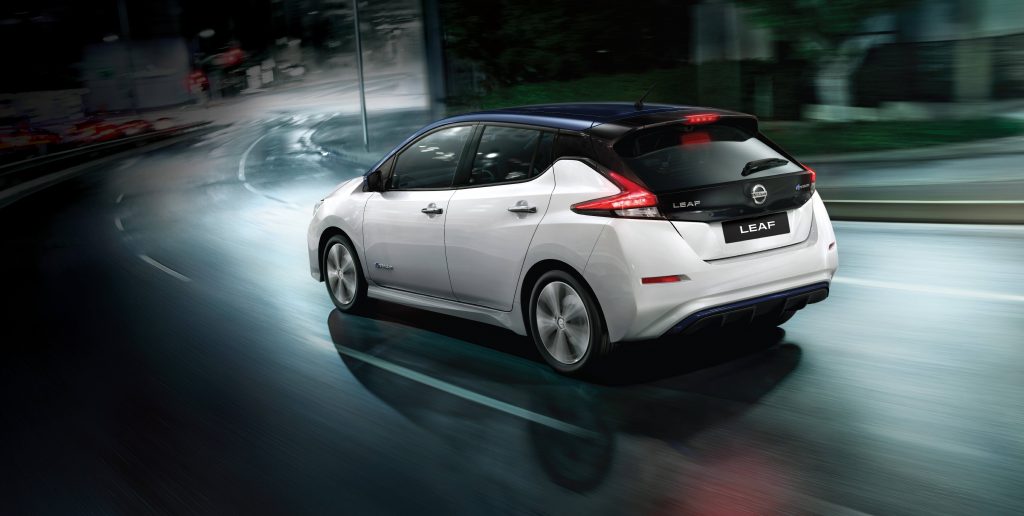
Picture: Second Generation Nissan LEAF
###
About Tan Chong Motor Holdings Berhad
Edaran Tan Chong Motor Sdn. Bhd, a wholly-owned subsidiary of Tan Chong Motor Holdings Berhad (TCMH), is the sales and marketing arm of Nissan vehicles in Malaysia. In 1957, Tan Chong Motors was appointed the franchise holder of Nissan/Datsun vehicles in Malaysia and Nissan/Datsun became the best-selling brand in the country in 1970. TCMH was listed on the Bursa Malaysia Securities Berhad in 1974. The group is principally involved in the assembly and distribution of automobiles. To complement TCMH’s auto business, TCMH provides a wide range of services such as vehicle after sales, hire purchase financing, leasing, and insurance.
For media enquiries, please contact:
Tiffany Tan
T: 03-2788 3157
E: tiffany@tanchonggroup.com
Chuah Joo Ee
T: 03-2788 3160
E: jooee.chuah@tanchonggroup.com
